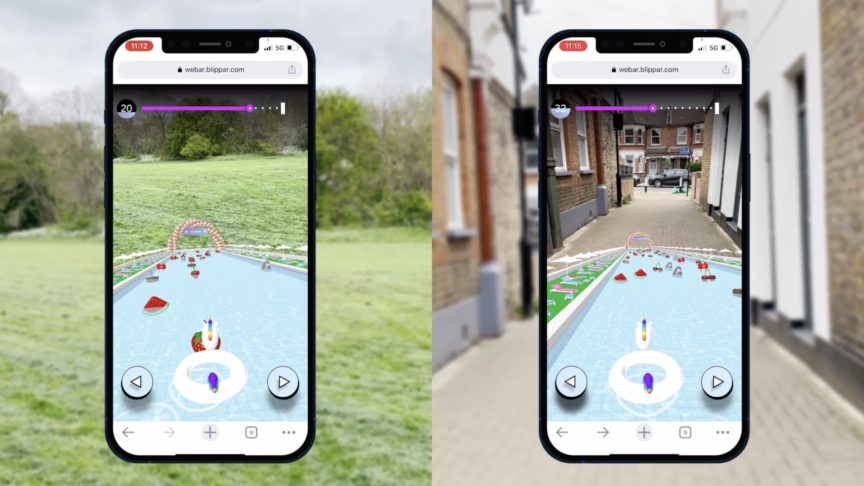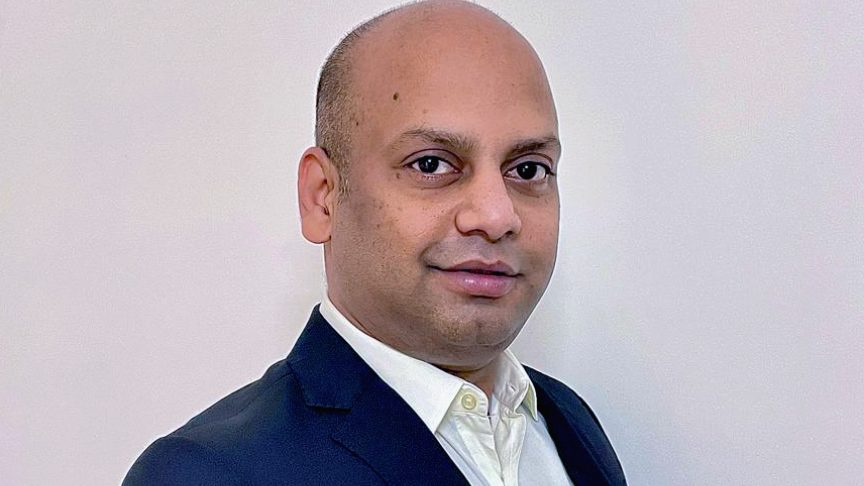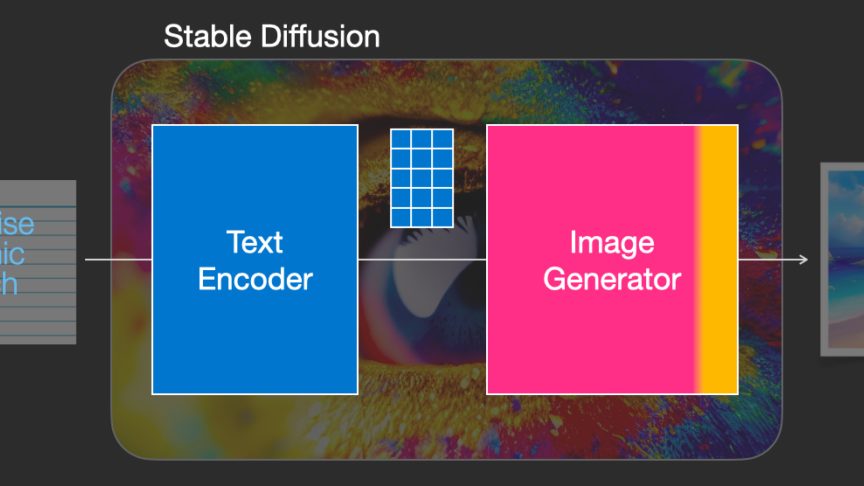How Pizza Hut, Camelot and Head and Shoulders are using augmented reality to engage users and drive conversion
February 11, 2015
How Pizza Hut, Camelot and Head and Shoulders are using augmented reality to engage users and drive conversion
Blippar Senior Brand Partner Sam Grimley has worked with brands including Coca-Cola, Camelot, Schwartz, Head & Shoulders and Primark to create thrilling augmented reality mobile campaigns, which their consumers unlock from their products and marketing collateral using Blippar’s free visual browsing app.
Here, in an Ask The Expert article first published on Masterclassing, he explains why brands should be using new mobile technologies to offer consumers something more in order to really help boost both fan engagement and return on investment.
At Blippar we work with a huge number of brands on a wide variety of campaigns, and often get asked by clients at the beginning of a project what its ‘success’ might look like. This does, indeed, seem a pretty important question with which to launch a partnership!
That said, I often tend to flip the question back on itself; rather than success, it’s more crucial to decide a campaign’s unique overall aim. Is it to engage consumers or to drive sales conversion? After all, while engagement and conversion can be synonymous, other times their meanings can be quite disparate.
Often, one has to come first. For example, conversion can translate to ‘direct sale’, while engagement might mean offering consumers an exciting experience that one month later convinces them to pick your brand off a shelf instead of your rival’s - a prime example of engagement driving conversion. Brands must think which is the right approach for their product – and which will have a bigger impact on sales in the long run (i.e.: by boosting brand loyalty).

Augmented reality (AR) is a powerful tool through which brands can turn all their physical collateral – from products and packaging, through to press pages and billboards - into engaging, interactive digital experiences for their consumers (which people access using just the mobile phone in their pocket), and channels that lead to genuine conversion in a number of different ways.
It can turn a cereal box into a computer game, a drinks can into a musical jukebox, a fashion magazine into a virtual changing room, a billboard into a money-off coupon, and a newspaper article into an exclusive image gallery or video interview.
Moreover, this new interactive media channel is available only to consumers who actively choose to access it, meaning there is an automatic form of engagement right from the very beginning. This cannot be said of a television advert (watched absentmindedly while making a cup of tea), a radio commercial (drowned out by children shrieking in the car), or a non-interactive press ad (glanced at momentarily while flicking through a magazine to reach the next article).
Here are a few recent examples of Blippar campaigns that are both engaging and conversion driving, in a variety of different ways:
Camelot: Christmas Cash
One of my favorite 2014 Christmas campaigns was the one we executed with Camelot (The UK National Lottery), activating over 30 million Instant Win Scratchcards by turning them into a fun, free second game, accessed via mobile.
Camelot used Blippar’s AR technology to make the Scratchcards blippable. Users who blipped the card with their phones would find a beautiful mobile animation, a fun whack-a-snowman game, and the chance to win £1,000 in shopping vouchers.
What was so innovative about this campaign was that it turned a product that usually has no life after being used (unless you actually win!) into a second chance.
Engagement: Fun, free animated mobile game – and chance of financial prize - offered in addition to Scratchcard.
Driving conversion: Increased likelihood that people would buy this card offering two games instead of one offering only one.
Schwartz Flavour Shots:
Flavour Shots used augmented reality to build an engaging – and extremely useful – mobile experience, offering consumers recipe inspiration and handy kitchen tips. The proactive user was rewarded with terrific content and assistance in creating new and exciting meals.
Moreover, as the enthusiastic amateur chef discovers more recipes, they also need more ingredients, thus driving further Shwartz Flavour Shots sales – a good example of a campaign that is both engaging while also converting.
Engagement: Free recipes and valuable cooking tips.
Driving conversion: Different packs offered different recipes, so people would buy more packs for new content.
Pizza Hut: X-Men
Usually just a mode of transport for your lazy Friday night dinner, the humble Pizza Hut box became so much more when imbued with Blippar’s image-recognition and augmented reality technologies.
Hungry pizza eaters could blipp the cardboard box with their mobile phones to access lots of exclusive content, including the chance to win X-Men goodies and take a photograph of themselves virtually wearing an X-Men helmet. The blipp is just one example of the great work Pizza Hut is doing to turn the standard pizza box into something more engaging using augmented reality.
Engagement: Fun exclusive content and chance to win prizes.
Driving conversion: Shareable photos meant campaign was naturally promoted via social media.
P&G Head & Shoulders
Head & Shoulders leveraged their association with England (and Manchester City) footballer Joe Hart, allowing readers who blipped their press advert to take their photo with the international star and share it on social media. Consumers could also access additional Head & Shoulders digital content, and purchase the product directly off the page.
Engagement: Exclusive celebrity content and helpful information about shampoo.
Driving conversion: Shareable celebrity photos meant campaign was naturally promoted via social media, click-to-buy links drove sales instantly.


